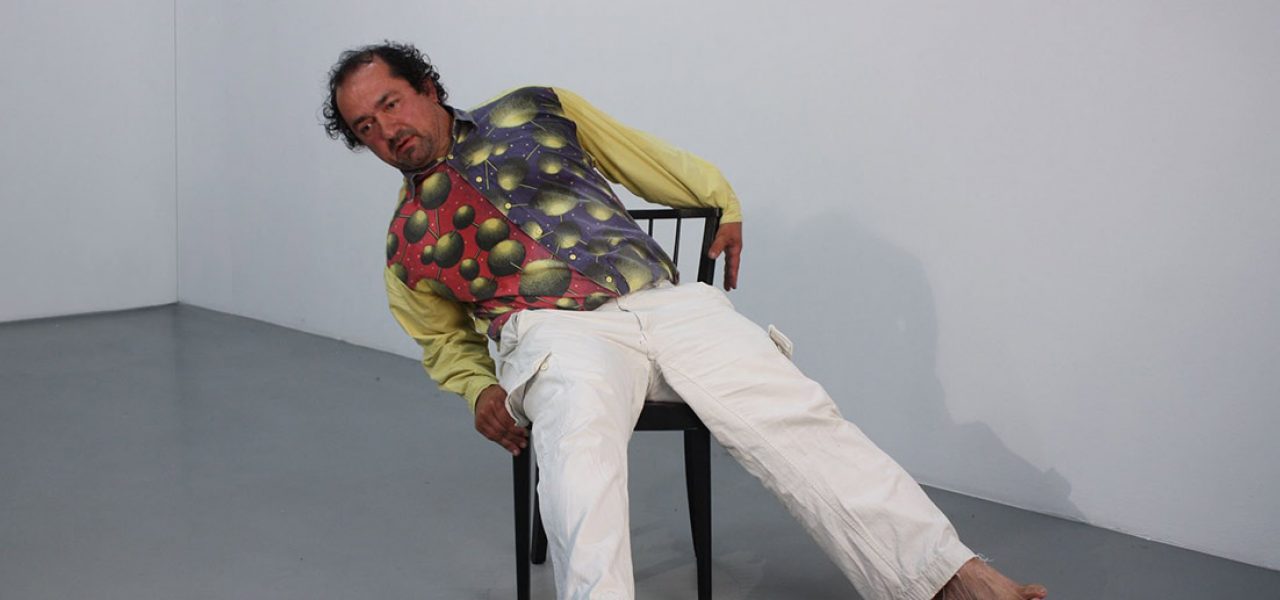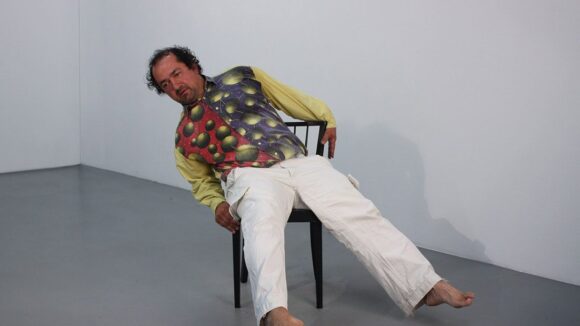

‘Sunny Afternoon’ By Thomas Renoldner
“Sunny Afternoon the confrontation of ‘kind of’ an avant garde film with ‘kind of’ a music video, putting questions about the standard taboos, and clichés of different film ‘genres.’ Both avant garde film and music video use music and sound ‘typical for their genre.'”
Film by Thomas Renoldner, Austria, 2012. Says the filmmaker:
Sunny Afternoon has two main film parts. The first part is kind of a “found footage” film, using only 16 photos of a simple movement shot in 1992, and explores the richness of possible variations and combinations of this very limited source material. This film also follows a “visual music” concept, when each photograph of the movement is connected to one precise tone of a twelve-tone-scale. Thus the structure of the images defines the musical structure. At the same time this film part adds unusual humoristic elements to this usually more academic genre of ‘structural film.’
The second film part in SUNNY AFTERNOON intends to break some of the typical rules of classical avant-garde film; it enjoys a more intuitive workflow, allows almost kitschy sequences such as time-lapse photos of clouds on a blue sky or playful experiments with four different, rotating black chairs. This film part also combines a variety of different techniques like drawings (animated and still), photography, time lapse photography, rotoscopy, object animation, pixilation, and partly combines these techniques. Thus it explores different levels of depiction: images of reality, representation of reality, illusion, and even abstraction and in that way thinks about the special possibilities and meanings of the artistic image.
Sunny Afternoon is based on the lyrics of a song composed 25 years ago and brings a film project to an end, which had first started 20 years ago; at that time the first script and the photos for the first film part were made. So of course this self-portrait is also a reflection about time. A short introduction adds a few photographs of the author approximately 20 years before the first film part, and the closing image, carefully drawn by Adrienn Kiss, imagines how the author might look like 20 years after film part two.
Learn more about the film and see discussions about the short on the filmmaker’s website.
